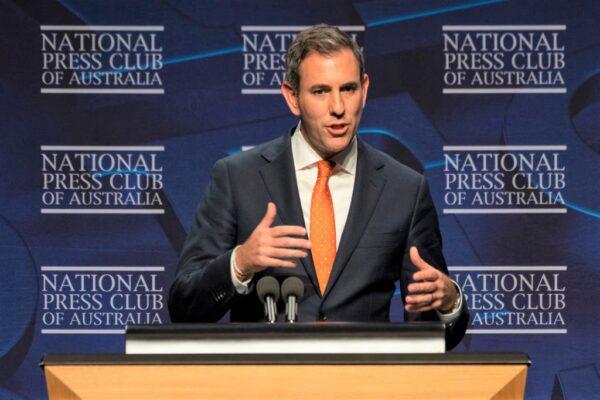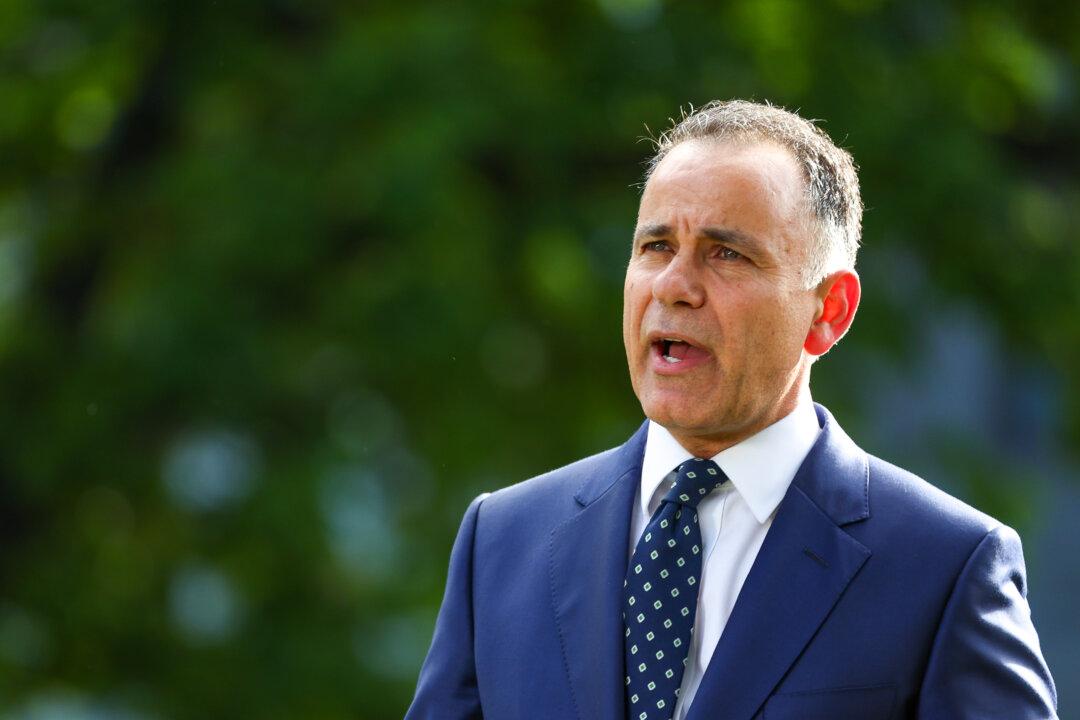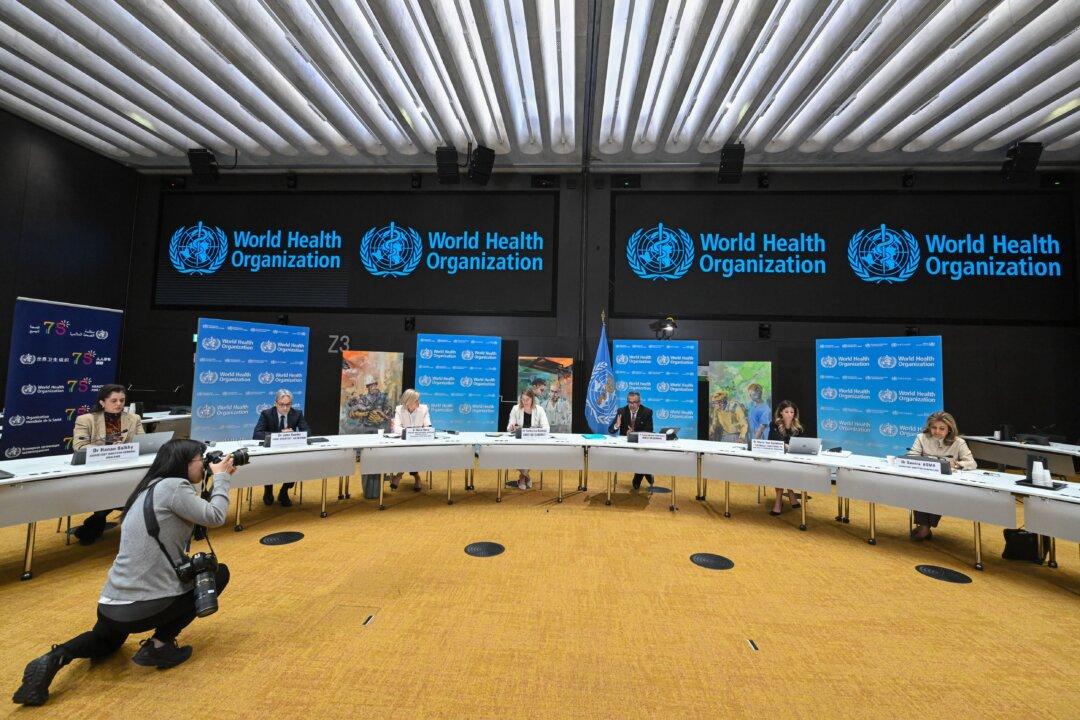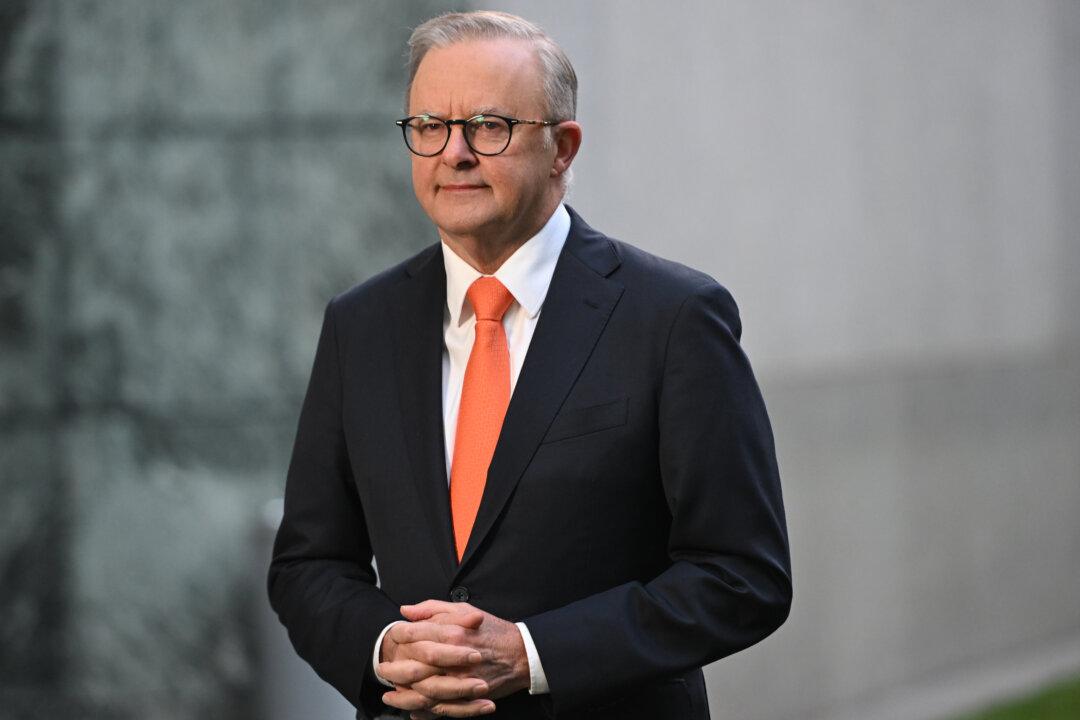Australia’s job market outperformed other G7 countries in the latter half of 2022 despite facing an aggressive interest rate hike cycle and softening economic conditions.
A new Treasury analysis of the Australian Bureau of Statistics (ABS) workforce data reveals that 234,000 jobs were added to the Australian economy between May and November 2022, representing a 1.7 percent rise.
Despite some differences in data collected from other countries, the analysis shows that Australia had the highest growth in employment among the G7 nations during the period.
Specifically, the United States saw a 1.26 percent growth, while France’s labour force grew by 0.4 percent (September quarter), followed by Italy at 0.37 percent, Germany at 0.3 percent, and Canada at 0.13 percent.
In contrast, Japan and the UK suffered a 0.16 percent and 0.27 percent drop in job growth, respectively.
Treasurer Jim Chalmers said Australia is leading the world in job creation and that the federal government’s economic plan is already working.

“As we head into an uncertain year, we are pleased and proud of the jobs growth we’ve seen since we came to government, which will help in the months ahead,” he said.
“Even with all these headwinds, this level of jobs growth is history-making and world-beating.”
Data Shows the Albanese Government Outperforms Previous Australian Governments
The analysis indicates that the jump in employment between May and November 2022 was the strongest growth, concerning the number of jobs created and the rate of increase, for the first six months of any Australian government since 1972.The second-highest growth was recorded under the Rudd government at 1.4 percent (with 151,000 jobs added), followed by the Hawke government at one percent (61,000 jobs added) and the Whitlam government at 0.6 percent (36,100 jobs added).

Meanwhile, the treasurer said he felt optimistic about the future of Australia despite staying realistic about the upcoming economic challenges.
“With growing global pressures set to impact us more in 2023, having more Australians in good jobs is one of our best defences,” he said.
“While unemployment remains low, there’s plenty more we can still do, and will do, to make sure people can benefit from a growing economy.”
Australian Businesses Worry About Worker Shortage in 2023
Despite facing significant economic challenges, most Australian enterprises are concerned about not finding enough staff to run their businesses in 2023.“These are most keenly felt in higher-skilled occupations but are evident across all skill levels, industries and geographic locations,” Ai Group CEO Innes Willox said in comments obtained by AAP.
The survey stated that many businesses planned to mitigate labour supply risks by raising wages and benefits, increasing headcount, and investing in in-house training.
In addition, workforce management strategies in 2023 will focus on retention and reskilling, a shift from recruitment in previous years.
While the worker situation continues to remain challenging, there is an overall sense of optimism among the business community, as 49 percent of the CEOs surveyed believed business conditions in 2023 would be better than last year.
“Our survey demonstrates that it will clearly be another challenging year for many businesses, and the need for a relentless focus on productivity across the broader policy agenda has become even more important,” Willox said.





